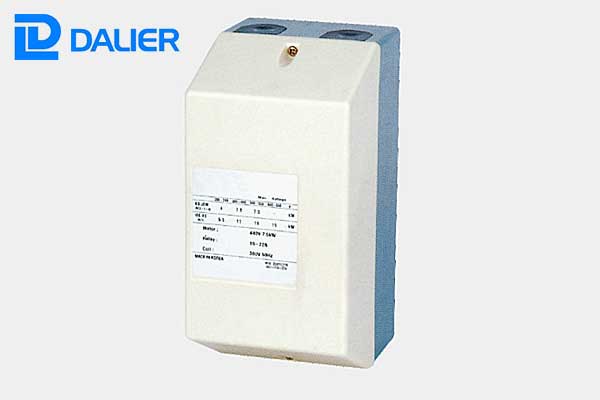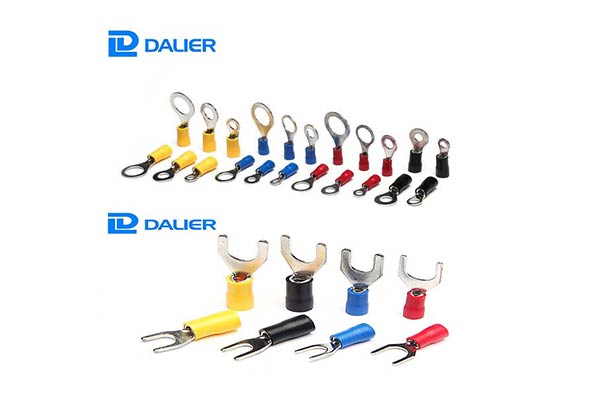How do I know if an AC contactor is bad?
For homeowners in [your location], understanding the signs of a faulty AC contactor is crucial for maintaining a comfortable and efficient cooling system—especially during the hottest months. The contactor acts as the electrical "switch" for your air conditioner, engaging power to the unit when signaled by the thermostat. When it fails, your AC may struggle to operate, leading to discomfort and potential system damage. Here’s what you need to know about identifying a bad contactor.
What Is an AC Contactor?
An AC contactor is an essential electrical component in your HVAC system. It works by closing or opening the electrical circuit that powers the air conditioner, based on signals from the thermostat. Think of it as a relay switch: when the thermostat calls for cooling, the contactor closes to allow electricity to flow to the compressor and fan, starting the cooling process. Without a functional contactor, your AC can’t receive the power it needs to operate.
Signs of a Failing AC Contactor
1. AC Won’t Turn On or Start
One of the most common indicators of a bad contactor is an AC unit that refuses to start, even when the thermostat is set to "cool." If you turn on the system and hear no response—no fan running, no compressor kicking in—the contactor may have failed to engage the electrical connection. This happens when the contactor’s internal components wear out, preventing it from closing the circuit.
2. Unusual Noises: Chattering or Buzzing
A faulty contactor may produce strange sounds, such as buzzing, chattering, or clicking noises from the outdoor unit. These sounds occur when the contactor’s electrical contacts struggle to make a stable connection. For example, if the contacts are pitted or burnt, they might intermittently connect and disconnect, creating a buzzing noise. Over time, this instability can lead to complete failure.
3. Visible Physical Damage
Inspecting the contactor (if you’re comfortable doing so safely) may reveal visible signs of wear. Look for:
Pitting or burning on the metal contacts, which can result from electrical arcing.
Charred or melted components, a clear sign of overheating or electrical failure.
Corrosion or rust on the contactor’s exterior, which can interfere with conductivity.
If you notice any of these issues, avoid attempting to use the AC and call a professional immediately.
4. Electrical Issues: No Continuity or Power Flow
A more technical way to diagnose a bad contactor is by testing for continuity with a multimeter. When the contactor is engaged (e.g., when the thermostat calls for cooling), the multimeter should register a complete circuit. If it shows no continuity, the contactor is failing to conduct electricity. Even without a multimeter, you might notice other electrical signs, such as tripped circuit breakers or blown fuses, which can occur if the contactor is causing an electrical short.
5. Inconsistent Cooling or System Cycling
A failing contactor may cause your AC to cycle on and off repeatedly (short cycling) or struggle to maintain a consistent cooling temperature. For example, the unit might start briefly, shut off, and then restart soon after, as the contactor struggles to hold the circuit closed. This not only reduces comfort but also wears out other system components faster.
How Does AC Contactor Work?
1. Thermostat calls for cooling → Sends 24V signal to contactor coil.
2. Coil becomes an electromagnet → Pulls a plunger in.
3. Plunger closes heavy-duty electrical contacts → Power flows to compressor/fan.
4. Thermostat satisfied → 24V signal stops → Coil de-energizes → Spring opens contacts → Power stops.
AC Contactor Troubleshooting Summary Table
| Symptom | Possible Cause(s) | Visual/Physical Clues | Solution |
|---|---|---|---|
| AC Won't Start | Coil not energized Contacts badly pitted/burned Plunger stuck open |
No 24V at coil Visible contact damage Plunger won't move |
Check thermostat/24V circuit Replace contactor |
| Intermittent Operation | Weak/Intermittent coil Contacts intermittently sticking/making connection |
Coil discolored/swollen Contacts slightly pitted/sticky |
Replace contactor |
| Loud Humming (No Start) | Contacts too damaged to pass current (Often with capacitor failure) |
Severe contact pitting/burning Plunger pulled in |
Turn OFF Power! Replace contactor (& often capacitor) |
| AC Runs Continuously | Contacts welded shut | Contacts physically fused together Plunger may be stuck |
Turn OFF Power! Replace contactor Check for cause (voltage spike?) |
| Visible Damage/Burning | Overheating due to high resistance/arcing Voltage spike Moisture/corrosion |
Charred/melted plastic Severely burned contacts Corrosion |
Replace contactor Address cause (wiring, environment) |
| Sticking Plunger | Dirty mechanism Weak/broken springs Corrosion |
Plunger doesn't move smoothly Doesn't spring back |
Clean or (better) replace contactor |
| No Continuity (Plunger In) | Burned/broken contacts Loose internal connection |
Visible contact damage | Replace contactor |
| Open Coil (Infinite Ω) | Broken coil wire | Coil may look burnt/cracked Burnt smell |
Replace contactor |
| Shorted Coil (Zero Ω) | Internal short circuit in coil | Coil may look swollen/burnt | Replace contactor |
Conclusion
A failing AC contactor is a common cause of air conditioning problems. While visual inspection and understanding the symptoms can often point to the contactor as the culprit, diagnosing electrical components requires caution due to the high voltages involved. If you suspect a bad contactor based on the symptoms or a visual check (with power off!), and especially if you are not experienced and comfortable working with high voltage electricity, it is always safest and most reliable to call a qualified HVAC technician. Regular maintenance checks that include inspecting the contactor can also help catch problems early before they lead to a complete system failure.




